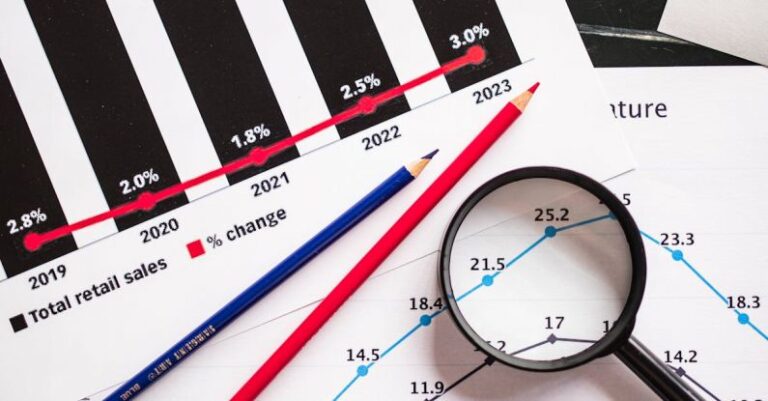What Are the Key Elements of an Effective Infographic

Infographics have become a popular tool for visual communication in this age of information overload. These visual representations condense complex data into easily digestible and engaging graphics. When done effectively, infographics can convey information quickly and efficiently to a wide audience. However, creating a successful infographic involves more than just putting together some images and text. There are key elements that must be considered to ensure that an infographic is engaging, informative, and impactful.
The Importance of Visual Appeal
One of the most crucial elements of an effective infographic is its visual appeal. The design of an infographic plays a significant role in capturing the audience’s attention and conveying the message clearly. A visually appealing infographic should have a cohesive color scheme, visually pleasing layout, and engaging graphics. By using eye-catching visuals, such as icons, charts, and illustrations, the information presented becomes more interesting and easier to understand.
Simplicity and Clarity
Simplicity and clarity are essential when creating an infographic. To effectively communicate information, the content should be concise and to the point. Avoid cluttering the infographic with excessive text or unnecessary details that can overwhelm the viewer. Each element included in the infographic should serve a specific purpose and contribute to the overall message. By focusing on clarity and simplicity, the infographic becomes more accessible and engaging to a wider audience.
Data Accuracy and Credibility
Infographics are often used to present data and statistics in a visually appealing way. It is crucial to ensure that the information presented is accurate, reliable, and up-to-date. Before creating an infographic, it is essential to research and verify the data sources to maintain credibility. Including references or citations in the infographic can also help establish the trustworthiness of the information presented. By prioritizing data accuracy and credibility, the infographic becomes a valuable resource for conveying information effectively.
Storytelling Element
Infographics have the power to tell a story and evoke emotions in the audience. By incorporating a storytelling element into the infographic, the information presented becomes more engaging and memorable. A well-crafted narrative can draw the viewer in, making the data more relatable and impactful. Whether it’s through a chronological sequence, a problem-solution format, or a cause-and-effect storyline, storytelling can enhance the overall effectiveness of the infographic.
Mobile-Friendly Design
In today’s digital age, many people access information on their mobile devices. Therefore, it is essential to consider the mobile-friendliness of an infographic. A responsive design that adapts to different screen sizes ensures that the infographic remains accessible and visually appealing across various devices. By optimizing the infographic for mobile viewing, it can reach a broader audience and maximize its impact.
Call to Action
A call to action is a crucial element that prompts the viewer to take a specific action after engaging with the infographic. Whether it’s visiting a website, signing up for a newsletter, or sharing the infographic on social media, a clear call to action can drive further engagement and interaction. By including a compelling call to action, the infographic becomes more than just a visual representation of data—it becomes a tool for driving action and achieving specific goals.
Incorporating these key elements into the design and creation of an infographic can significantly enhance its effectiveness and impact. By focusing on visual appeal, simplicity, data accuracy, storytelling, mobile-friendliness, and a call to action, an infographic can effectively communicate information, engage the audience, and inspire action. When these elements are thoughtfully integrated, an infographic has the potential to convey complex ideas in a compelling and accessible way, making it a valuable tool for visual communication in various fields.





